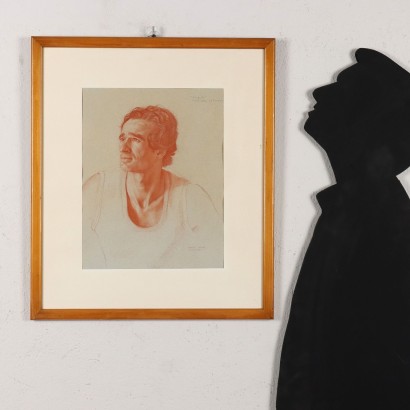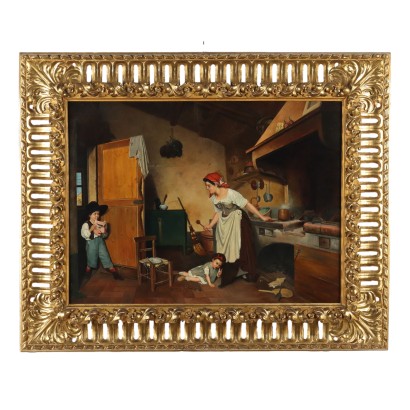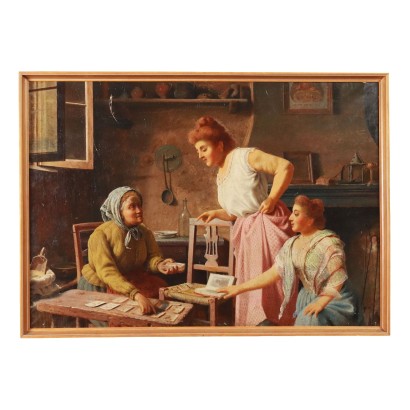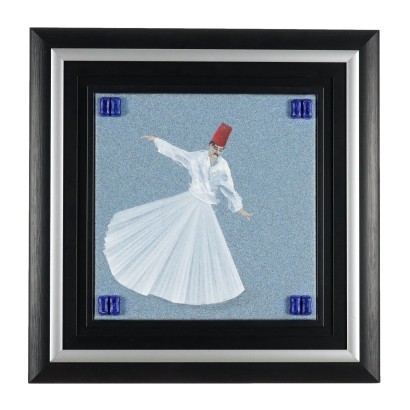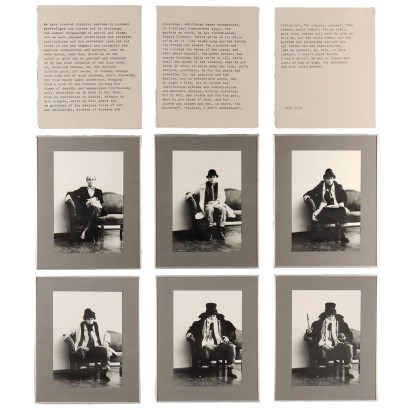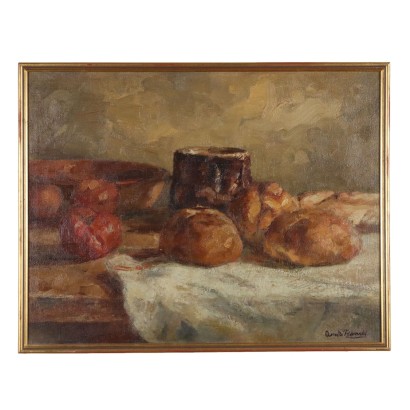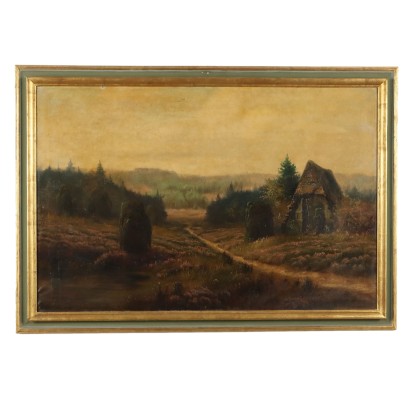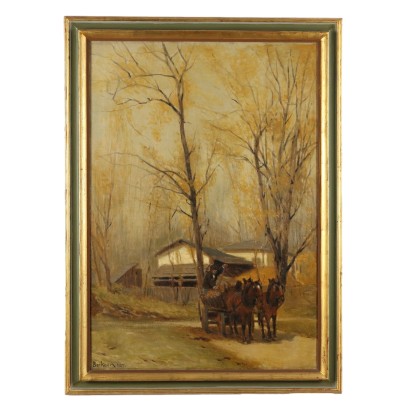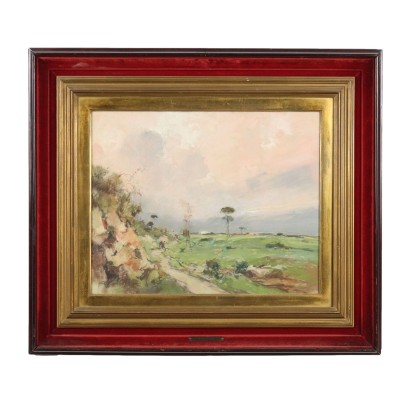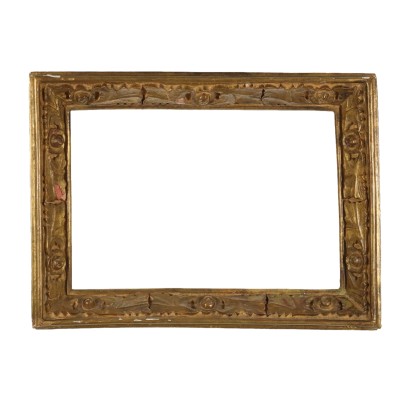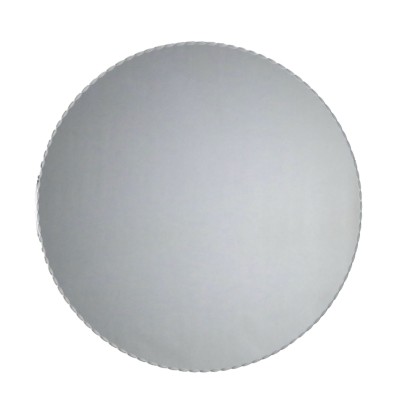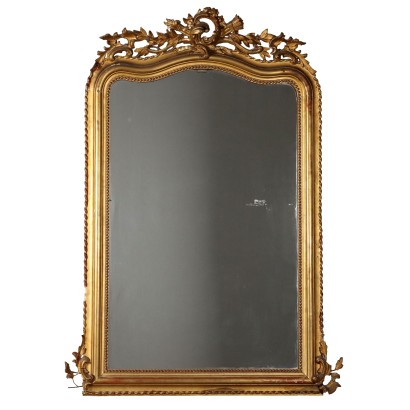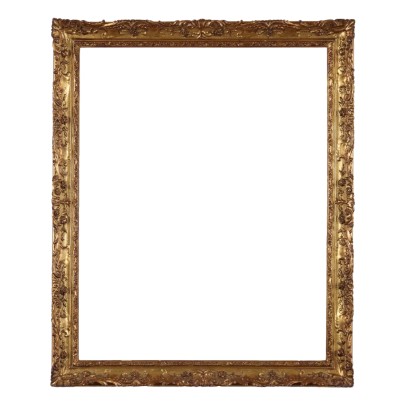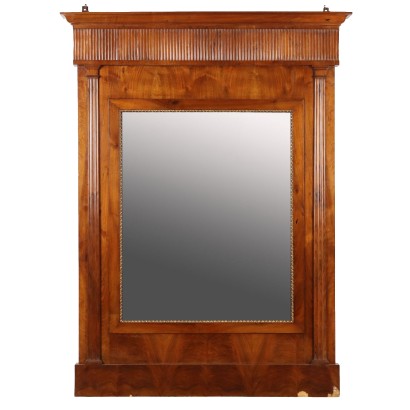Modern Drawing C. Bravo Camus Chiquito Futbolista de Tanger 1982 - Chiquito Futbolista de Tanger 1982
Features
Chiquito Futbolista de Tanger 1982
Artist: Claudio Bravo Camus (1936-2011)
Artwork title: Chiquito, futbolista de Tangeri
Age: Contemporary
Subject: Portrait/Face
Artistic technique: Drawing
Technical specification: Sanguine
Description : Chiquito, futbolista de Tangeri
Sanguine on paper. Signed and dated in Roman numerals lower right. The title at the top right. Claudio Bravo Camus was a Chilean painter who established himself above all for his compositions (particularly parcels) and hyper-realistic portraits, including those of eminent political figures. Rightly considered one of the greatest masters of hyperrealism, Claudio Bravo pursued photography in painting, but always starting from the direct observation of the objects themselves: "The eyes see much more than the camera: half tones, shadows, minute changes of color and lights,” he said. The portrait presented here, that of a well-known Moroccan football player, exudes a meticulous and mimetic realism, particularly in the man's gaze; it was created during the years in which the artist lived in Tangier, where he had taken refuge to escape Franco's dictatorship. It is presented in a frame.
Product Condition:
Product in very good condition which may show minor traces of wear; it may have undergone restoration work carried out by an expert. We try to present the real state as fully as possible with photos. If some details are not clear from the photos, what is stated in the description applies.
Frame Size (cm):
Height: 58
Width: 50
Depth: 1
Artwork dimensions (cm):
Height: 37
Width: 29
Additional Information
Artist: Claudio Bravo Camus (1936-2011)
Born in 1936 in Valparaíso (Chile) into a large but rather wealthy family, Claudio Bravo went to Santiago at a young age for his studies, where he was soon noticed for his extremely realistic paintings which he had begun to create as a self-taught artist. After some formal studies, he left for Europe at the age of 21, heading to Paris but actually stopping for a long time in Barcelona and Madrid. It was in Madrid, impressed by the collection of the Prado museum, that Bravo developed his peculiar style which blends the tribute to the classical forms of the Renaissance, the luminous and highly detailed drama of certain "baroque masters" (especially Velázquez and de Zurbarán) but also a certain surrealist irony that comes to him from Salvador Dalí. In the 1960s he began a fruitful portraiture activity, creating portraits of Francisco Franco's daughter and subsequently of the dictator himself; even the Philippine president Ferdinand Marcos noticed him and called him to create portraits of himself and his wife Imelda, but also of Manila's high society. Having returned to Spain in 1968 he began to dedicate himself to the series of paintings on parcels (parcels of colored paper tied with string: which look like photographs, but in reality they are paintings!), but the oppression of the Franco regime pushed him to go elsewhere: in 1969 he was in New York, where, however, he was not well received by the local artistic community, while in 1972 he moved to Tangier, Morocco, where he rediscovered the intense and dramatic light that was so dear to him. It was in Morocco, where he died in 2011, that his production of still lifes and figurative works reached its peak, among packages, draperies and vivid interiors.Age: Contemporary
ContemporarySubject: Portrait/Face
Artistic technique: Drawing
Il disegno è il processo di tracciare segni su una superficie tramite l'applicazione di una pressione o il trascinamento di un apposito strumento sulla superficie. Gli strumenti sono: matite in grafite o colorate, penna, pennelli fini con inchiostro, pastelli a cera o carboncini; i supporti tradizionali più frequenti sono carta, cartoncino, tavola, muro, tela, rame, vetro.Technical specification: Sanguine
The blood, that in the artistic tradition defines a particular graphics technique, is a drawing tool, one of the oldest. It is composed of hematite, a ferrous mineral, cut into strips, and properly pointed, with which you can draw on the paper signs from the characteristic reddish colour that reminds of blood (hence the name of the blood). The mixture of iron, moreover, is often enriched with small amounts of ochre.Other customers have searched:
Arte Novecento, dipinti del 900, olio su tavola, pittura olio su tela, arte 800, pittura antica, arte contemporanea, quadro del '900, quadro grande, quadro olio su tela..
Se sei un appassionato d'arte, non perderti i nostri approfondimenti sul Blog Arte Di Mano in Mano e su FineArt by Di Mano in Mano - Arte:
Leggi di più
Ecco alcuni tra i principali articoli:
Vedute
Falsi nell'arte antica
Un messaggio di fiducia per ripartire
La potenza espressiva dell'arte figurativa etiope
Breve Storia del Collezionismo
Giorgio Upiglio, maestro dei libri d'artista
Matthias Withoos detto "Calzetta bianca"
San Rocco pensaci tu - Classic Monday
Ecco alcuni esempi dell'arte del Novecento più bella che puoi trovare da noi:
I Raccoglitori di patate - Lavoro estivo - Augusto Colombo, 1935
I Taglialegna - Lavoro invernale - Augusto Colombo, 1933
Il lavoro femminile, Contardo Barbieri, 1954 ca.
Sapevi che l'arte può essere anche un ottimo investimento (e non solo per grandi portafogli)?
L'Arte tra Collezionismo e Investimento
FineArt: Arte come investimento
Dai un'occhiata alle nostre rubriche di divulgazione sull'arte:
Epoche
Lavorazioni e tecniche
Mostre ed Eventi
Protagonisti
Leggi di più
Ecco alcuni tra i principali articoli:Vedute
Falsi nell'arte antica
Un messaggio di fiducia per ripartire
La potenza espressiva dell'arte figurativa etiope
Breve Storia del Collezionismo
Giorgio Upiglio, maestro dei libri d'artista
Matthias Withoos detto "Calzetta bianca"
San Rocco pensaci tu - Classic Monday
Ecco alcuni esempi dell'arte del Novecento più bella che puoi trovare da noi:
I Raccoglitori di patate - Lavoro estivo - Augusto Colombo, 1935
I Taglialegna - Lavoro invernale - Augusto Colombo, 1933
Il lavoro femminile, Contardo Barbieri, 1954 ca.
Sapevi che l'arte può essere anche un ottimo investimento (e non solo per grandi portafogli)?
L'Arte tra Collezionismo e Investimento
FineArt: Arte come investimento
Dai un'occhiata alle nostre rubriche di divulgazione sull'arte:
Epoche
Lavorazioni e tecniche
Mostre ed Eventi
Protagonisti
Product availability
The product can be seen at Milan
Immediate availability
Ready for delivery within 2 working days from ordering the product.




